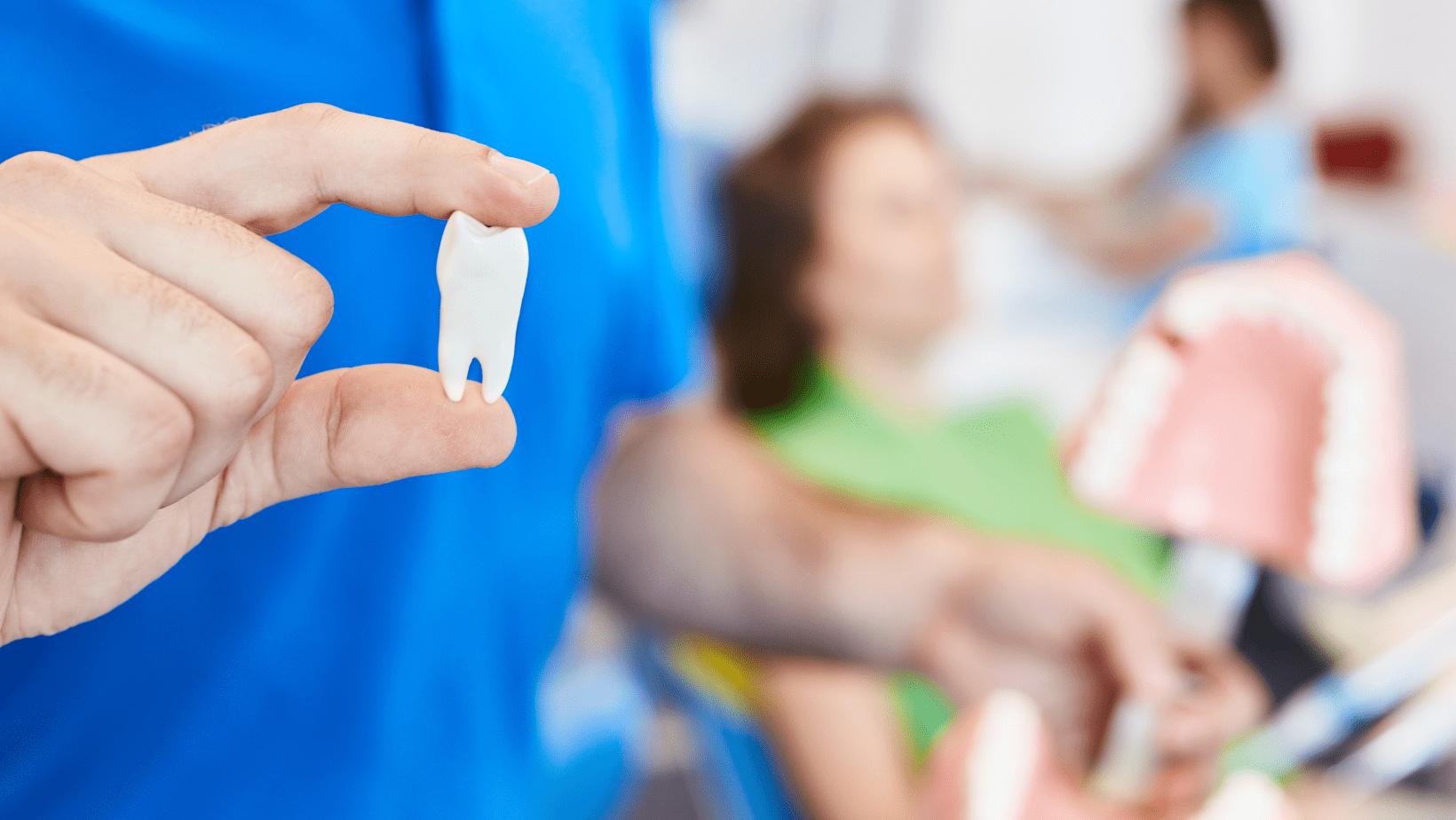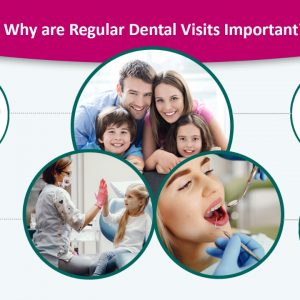5 Tips for Recovering a Tooth Extraction
- Avoid chewing on hard or sticky foods for the first 24 hours.

It’s important to avoid chewing on hard or sticky foods for the first 24 hours after tooth extraction. This will help prevent the formation of a dry socket, which can be painful and delay healing.
It’s important to continue eating sufficient calories because it helps quick healing and makes you feel better. Harder foods should be avoided for a week and then gradually added back into your diet because they can harm the extraction site and slow your recovery.
Instead, stick to soft foods like soup, mashed potatoes, and yogurt. And be sure to drink plenty of fluids to stay hydrated.
2. Use a soft toothbrush and avoid brushing the extraction site for the first few days.
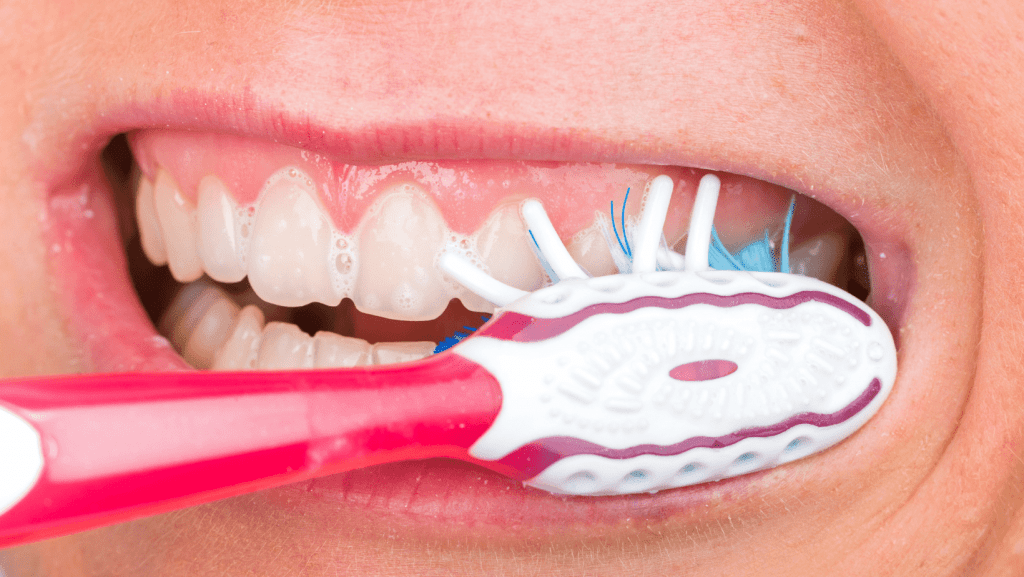
When you have a tooth extracted, it’s important to take care of the site afterwards to promote healing. Here are some tips for taking care of your extraction site:
Use a soft toothbrush: When you brush your teeth, be sure to use a soft toothbrush. This will help avoid irritating the extraction site.
Avoid brushing the extraction site: For the first few days after your tooth is extracted, avoid brushing the extraction site. This will give the site time to heal.
Do not smoke: Smoking can delay healing and increase the risk of infection. If you smoke, it’s best to avoid it for at least a week after your tooth is extracted.
Take it easy: After your tooth is extracted, it’s important to take it easy. Avoid strenuous activity and lifting heavy objects. This will help promote healing.
3. Rinse your mouth with warm salt water several times a day to keep the area clean.
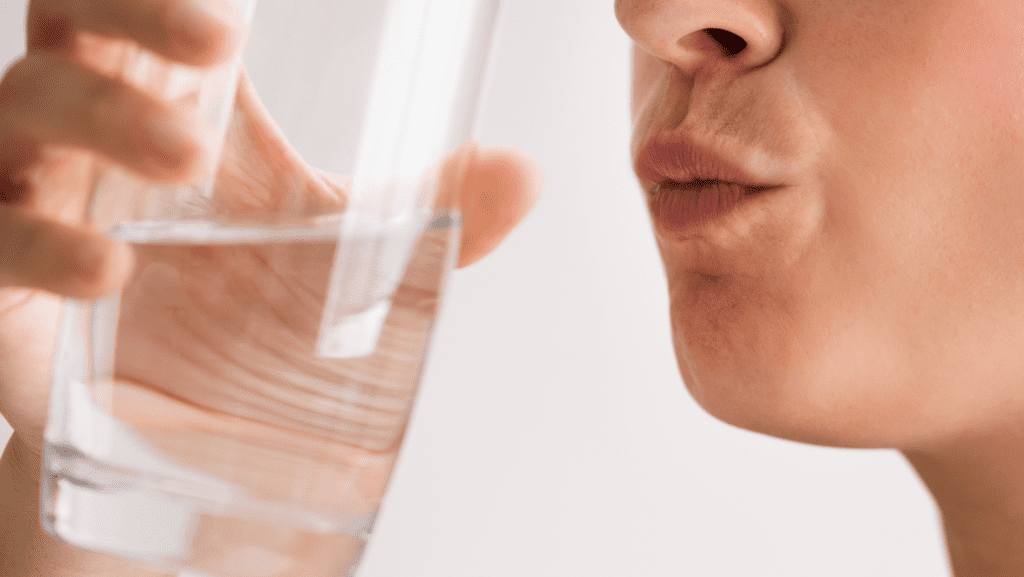
Salt water rinses are a great way to keep the area around your tooth clean and free from infection after you have had a tooth extracted. Rinsing your mouth with warm salt water several times a day will help to keep the area clean and free from bacteria. It is important to rinse your mouth for at least 30 seconds each time, and to do this several times a day. You can also use a mouthwash that contains salt, or you can make your own salt water rinse by mixing one teaspoon of salt with eight ounces of warm water.
4. Take over-the-counter pain medication as needed to control discomfort.
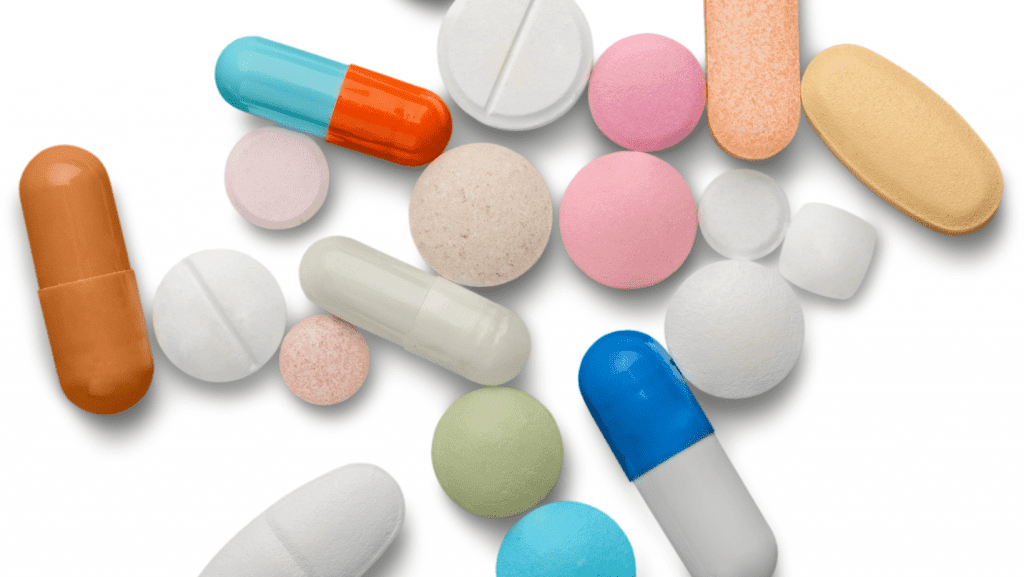
You can now experience some soreness at the extraction site when the anaesthesia has worn off. This should pass after a few days and is easily treatable with over-the-counter pain relievers. Contact your dentist, though, since it’s advisable to rule out an infection if the pain doesn’t go away as you might have an underlying issue.
5. Contact your dentist if you experience any problems or excessive bleeding..

If you experience any problems or excessive teeth bleeding from tooth extraction, contact your dentist immediately. It is normal to experience some bleeding and swelling after having a tooth extracted. However, if the bleeding is excessive or lasts for more than a few days, you should contact your dentist.
There are a few things you can do to help control the bleeding. First, bite on a gauze pad for 30 minutes immediately after the extraction. This will help stop the bleeding. You can also apply a cold compress to the outside of your mouth for the first 24 hours to help reduce swelling.
If the bleeding or swelling persists, please contact your dentist. They will be able to determine if there is an infection or another problem that needs to be treated.

